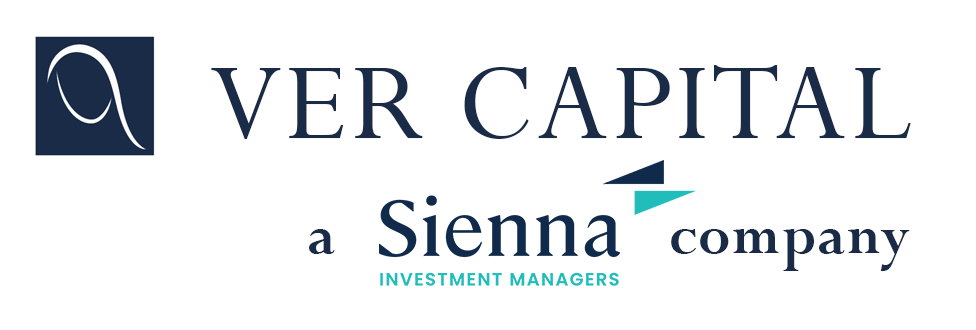
Italy, a sweet spot for Private Debt
Published: Dec. 21, 2021
The low interest rate environment is pushing investors to move their attention away from the classic fixed income market and into the private debt market. Frequently, the main reason for those investors to seek private debt assets is the potential for higher returns, driven by i) structuring fees, once reserved only to banks, ii) excess spread as a remuneration for complexity of deals and iii) illiquidity premium. Nonetheless, the excess return is not the only factor that is boosting private debt; in fact, i) security packages and collaterals are limited or not available in the public market and ii) illiquidity is often hunted by investors seeking higher financial market decorrelation and lower volatility.
In a recent report, Cerved Rating Agency estimated the potential size of the Italian mini-bond market - a halfway market between the public well known bond market and the private debt market.
Using the same approach, it is possible to expand the forecast also to the private debt market and estimating the potential market for small and mid-sized private debt deals to be well above the €12 billion mark for 2022, with more than 1,000 issuers with revenues below €500 million and with an EBITDA margin above 10%. In addition, the Italian market is not only well diversified in terms of sectors but it is also characterized by multinational companies with an export driven business model and therefore with a European or Worldwide exposure.
The main driver for the private debt market growth is the long-lasting disintermediation of the banking system, which is a consequence of the increased complexity of banking regulation, that is reducing the ability and the willingness of banks to participate in the general activity of corporate lending, and especially in the structuring of corporate debt with a bullet repayment structure.
Many European countries have already a well-developed and mature private debt market. In Italy, the euro zone's third-largest economy and consistently to what has been happening for the Italian private equity market over the course of the last few years, private debt market is growing and is becoming a key market to be considered for investors that are looking to increase their allocation to private debt in Europe. This is true for both the sponsor-less and sponsored deals as the latter is evident from the growing number of private equity funds dedicating resources to the Italian market. Such trend can also be noted by the increased role of Italy as it became the relative largest contributor of the Bloomberg Pan European High Yield (Euro) Index.
